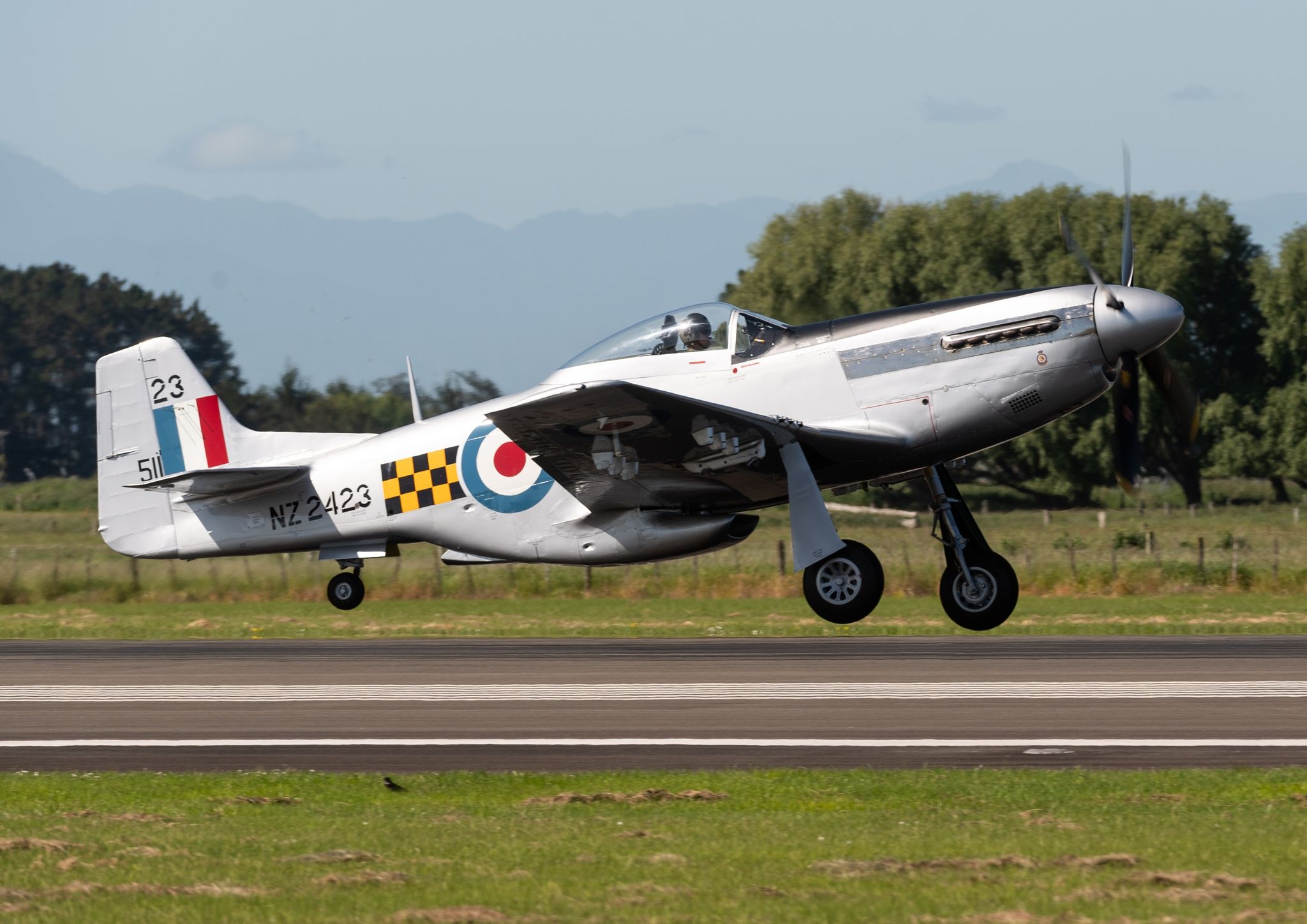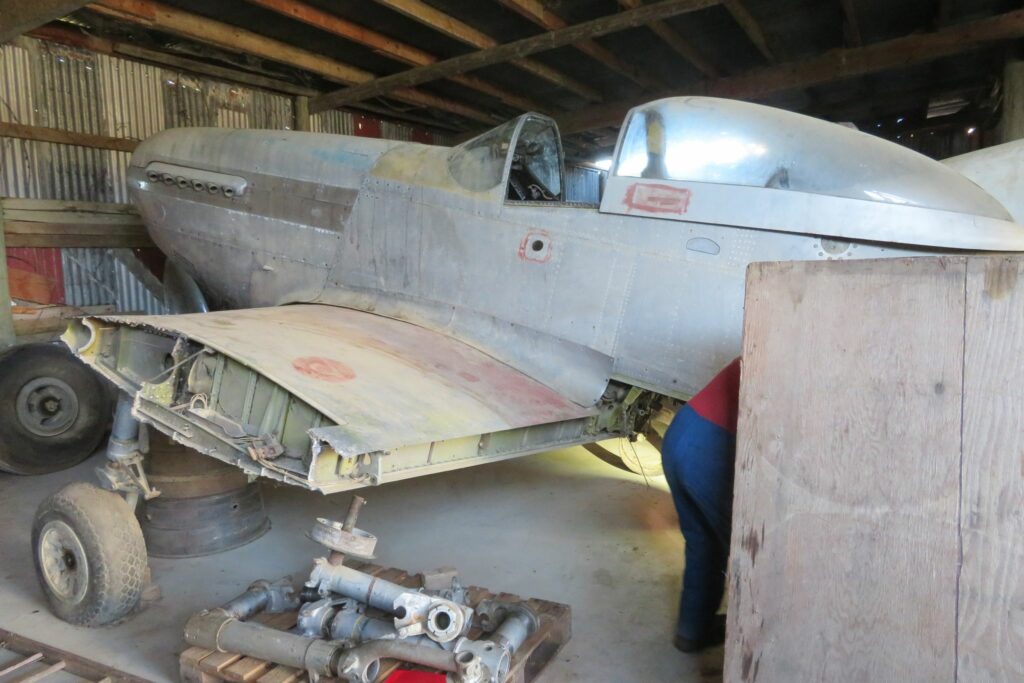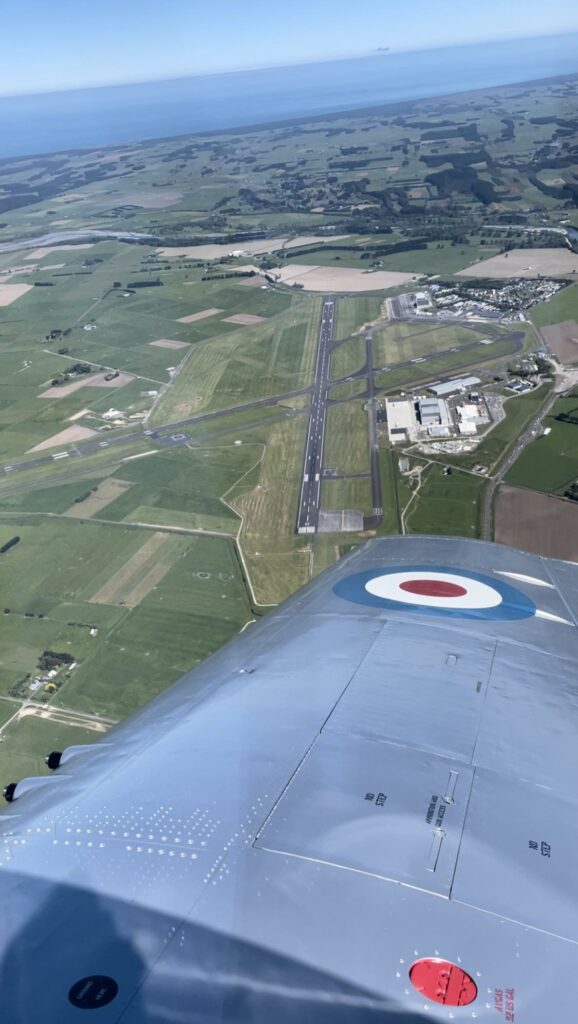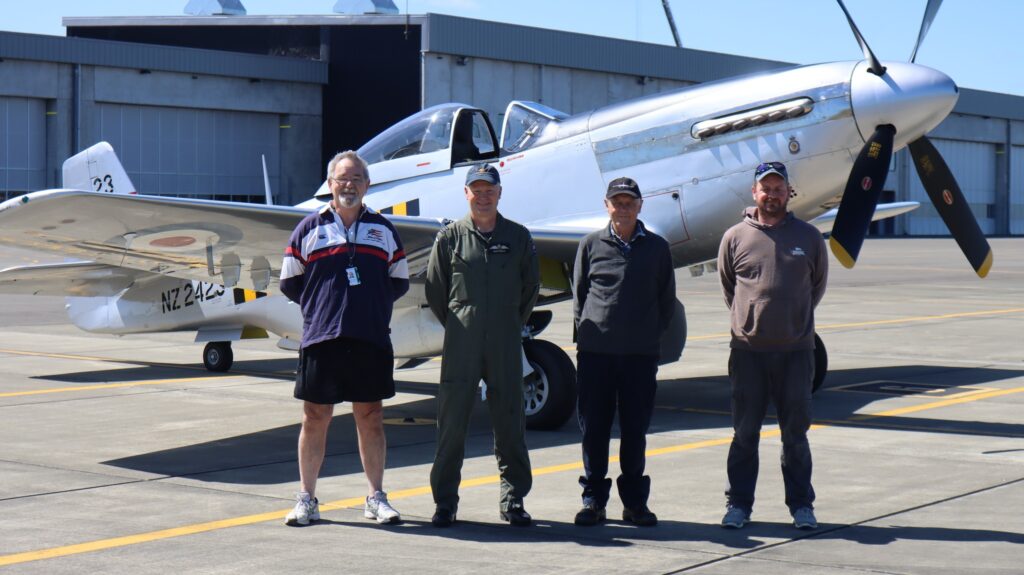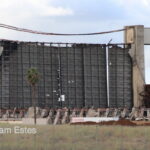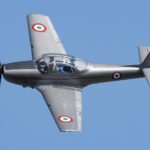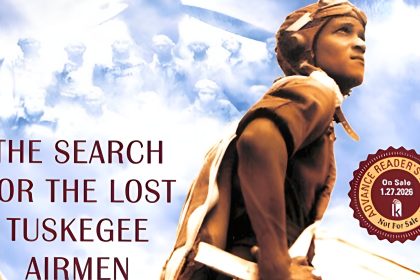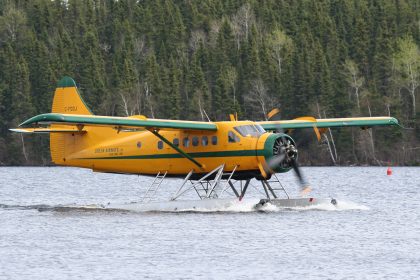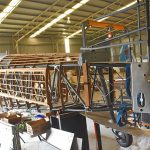By Zac Yates
Sixty-six years, five months, and twelve days after making the final flight of the type in Royal New Zealand Air Force service, P-51D NZ2423/ZK-BHT made her first post-restoration flight at RNZAF Base Ohakea, landing after a trouble-free 24 minutes. Fittingly this momentous occasion took place on November 11: Remembrance Day.
Built as P-51D-25NT s/n 45-11513 (NZ2423) was one of thirty Mustangs delivered of an order of 370 intended to replace the RNZAF’s F4U and FG-1D Corsairs, the remainder of the order being canceled due to the sudden end of the WWII. Stored until 1952, the aircraft became part of 2SQN Territorial Air Force – New Zealand’s short-lived equivalent of the Air National Guard – and later 42SQN for fighter affiliation, drogue towing, communications, and continuation flying. Having served her entire active life at Ohakea NZ2423 was flown to RNZAF Woodbourne on 30 May 1957 for disposal, initially being purchased for conversion to a speedboat before a carpenter and private pilot named John Smith entered the picture in 1964.
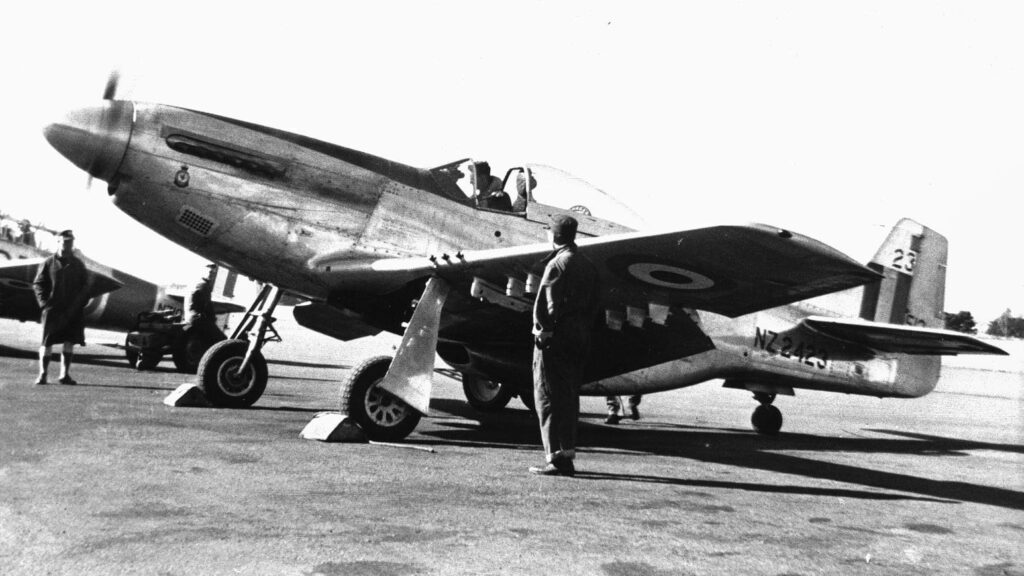
A humble and unassuming individual, Smith had quietly dedicated himself to saving several surplus RNZAF aircraft including two Curtiss P-40s, a Lockheed Hudson, and a De Havilland Mosquito among many others which were stored in a specially-designed shed which allowed him to wheel out and ground run the Mosquito. His private collection near Mapua at the top of New Zealand’s South Island became widely known among aircraft enthusiasts around New Zealand and later worldwide – the attention eventually becoming so overwhelming the very private Smith had his telephone disconnected due to receiving countless offers to buy his remarkable collection.
Upon John Smith’s passing in 2019, the Smith family oversaw the dispersal of the collection to worthy homes (see Omaka Aviation Heritage Center Receives Rare Warbirds for Display ) and Brendon Deere, head of The Biggin Hill Trust which operates Supermarine Spitfire Mk.IX PV270/ZK-SPI, Grumman TBM-3E Bu91110/ZK-TBE, and North American Harvard NZ1037/ZK-ENA became custodians of NZ2423 along with a container load of P-51 parts accumulated by John Smith. After arriving at the trust’s facility at RNZAF Base Ohakea in August 2020 Deere’s ITL Aviation began a meticulous restoration to flight, with the wing rebuild being done by Odegaard Wings at Kindred, ND and the engine by Vintage V-12s in California. The result is to the highest standard including replica armament, original Hughes Aircraft Company ammunition links, and – unlike many P-51D rebuilds – the fuselage fuel tank and radio fit in place. Even the original fuel bladders were able to be reused after inspection and servicing.
SQNLDR Sean Perrett RNZAF, who has been the pilot of the trust’s Spitfire since 2010, made the first flight and is now embarking on a thorough test flight program before a planned debut at the Warbirds Over Wanaka airshow at Easter next year.
Stay tuned to Vintage Aviation News for an exclusive interview with owner Brendon Deere in the coming weeks!







